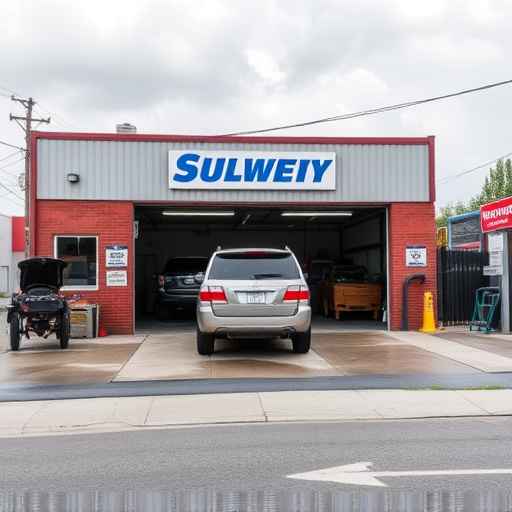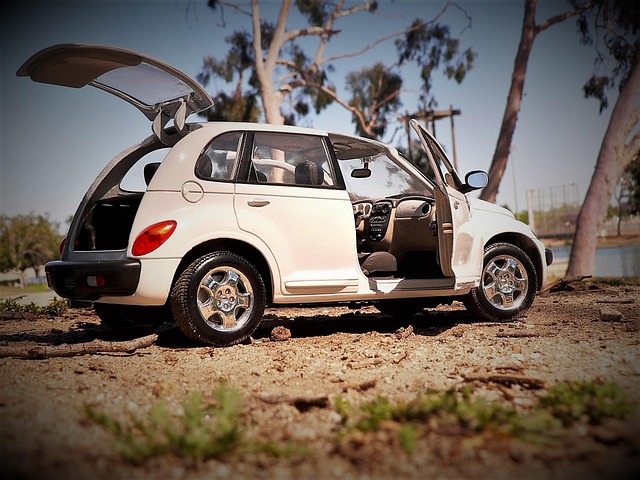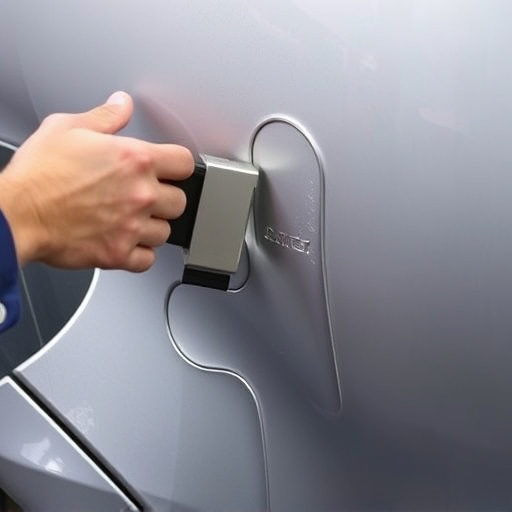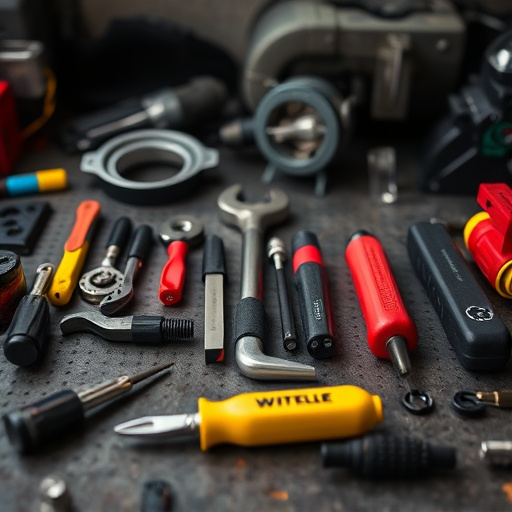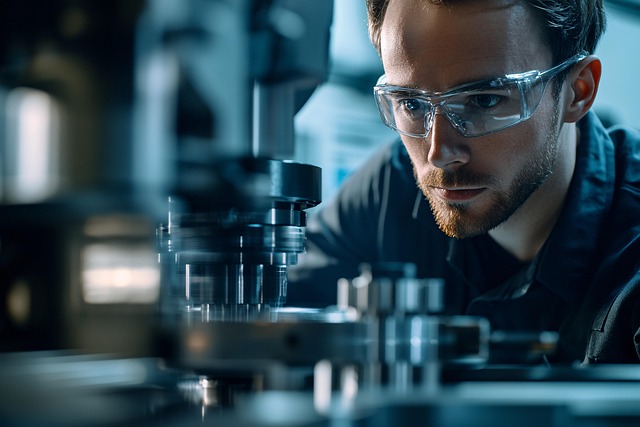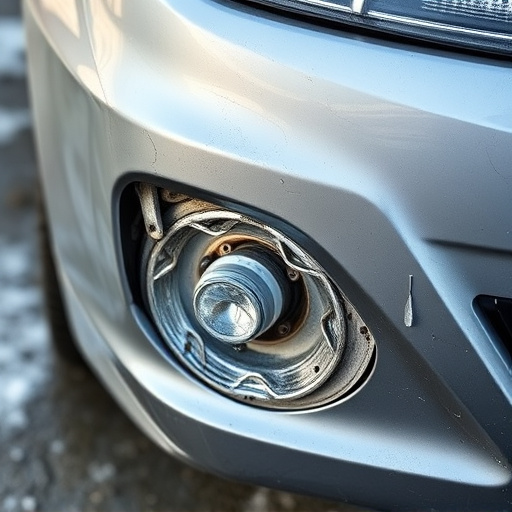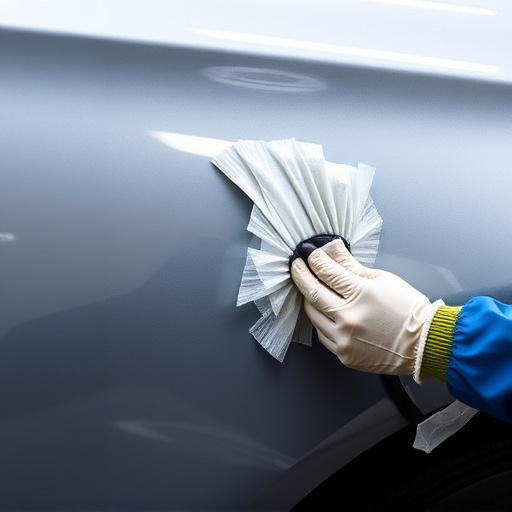Airbag system repair is a specialized automotive collision repair field requiring precision and safety expertise. Technicians need extensive training to understand electronics, mechanics, and chemistry interactions in airbag deployment. Effective training programs should cater to diverse learning styles, include hands-on simulations, and cover specific fleet or car body repair needs. Integrating car paint repair techniques offers a holistic approach. Challenges include intricate damage, advanced sensors, and safety protocols for handling compressed gas cylinders and proper disposal of old airbags.
Training teams to tackle the intricacies of airbag system repair is paramount in ensuring vehicle safety. This comprehensive guide delves into the vital aspects of preparing technicians for the challenges posed by these complex systems. We explore strategies for effective training, focusing on understanding the unique complexities of airbag repairs. By mastering these techniques, teams can overcome common hurdles, enhancing efficiency and safety during restoration processes. Discover proven methods to equip professionals with the skills needed to navigate the intricate landscape of airbag system repair.
- Understanding Airbag System Repair Complexities
- Developing Effective Training Programs for Teams
- Strategies to Overcome Common Challenges During Repairs
Understanding Airbag System Repair Complexities

Airbag system repair is a specialized task within the realm of automotive collision repair services. It’s not as straightforward as fixing a cracked headlight or replacing a dented fender. The intricacies lie in the delicate balance between safety and precision. Each component within an airbag system, from sensors to inflators, must function flawlessly to ensure passenger protection during a collision. Any malfunction can have severe consequences.
Proper training is essential for car body shop technicians tasked with handling airbag system repair. They need to understand the intricate interplay of electronic signals, mechanical triggers, and chemical reactions that initiate an airbag deployment. Moreover, they must be adept at diagnosing and addressing issues without compromising the overall safety integrity of the vehicle. This requires a deep dive into the specific challenges posed by different types of airbags, vehicle makes, and collision scenarios—a far cry from routine collision repair tasks.
Developing Effective Training Programs for Teams
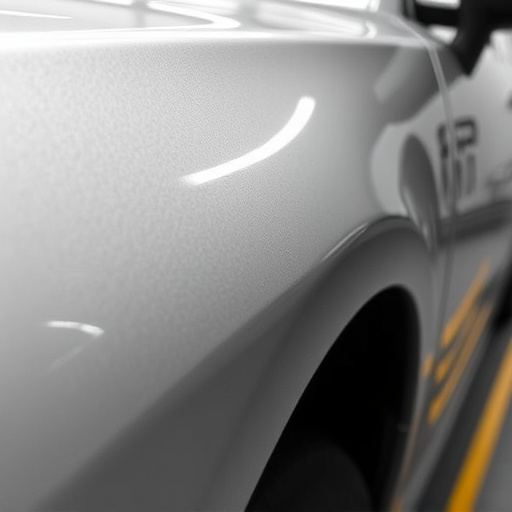
Developing comprehensive training programs is a cornerstone when preparing teams to tackle complex tasks like airbag system repairs. These programs should be meticulously designed to cater to diverse learning styles and skill levels within the team. Engaging workshops, hands-on simulations, and interactive demonstrations can effectively bridge the gap between theory and practice, ensuring technicians are well-equipped to handle real-world challenges associated with airbag systems.
Customizing training content to align with specific fleet repair services or car body repair needs is paramount. Topics such as diagnosing sensor malfunctions, replacing airbag modules, and understanding advanced safety features should be covered in detail. Additionally, integrating car paint repair techniques into the curriculum can help technicians address cosmetic issues that often accompany airbag-related incidents, providing a holistic approach to service excellence.
Strategies to Overcome Common Challenges During Repairs

When training teams to handle airbag system repairs, it’s crucial to prepare them for common challenges. Many vehicle collisions cause complex damage, requiring specialized knowledge and tools. Automotive repair services must be adept at navigating intricate airbag mechanisms, especially in modern vehicles where sensors and electronics play a significant role. Effective strategies involve using advanced diagnostic tools to identify issues precisely and training technicians in the latest repair techniques specific to different car manufacturers.
Moreover, safety is paramount during these repairs due to the potential for high-pressure airbag deployment. Teams should be educated on proper handling of compressed gas cylinders and safe disposal of old airbags. By combining technical expertise with meticulous safety protocols, automotive repair professionals can confidently tackle airbag system repair challenges, ensuring vehicle safety without compromising on quality service in vehicle collision repair.
Training teams to handle airbag system repair challenges is a critical step in ensuring vehicle safety. By understanding the complexities of these systems, developing robust training programs, and employing strategies to overcome common issues, automotive professionals can effectively navigate the repairs. This comprehensive approach not only enhances the quality of work but also safeguards lives by addressing potential risks associated with airbags. As the automotive industry continues to evolve, staying informed and skilled in airbag system repair is paramount for maintaining high safety standards.

